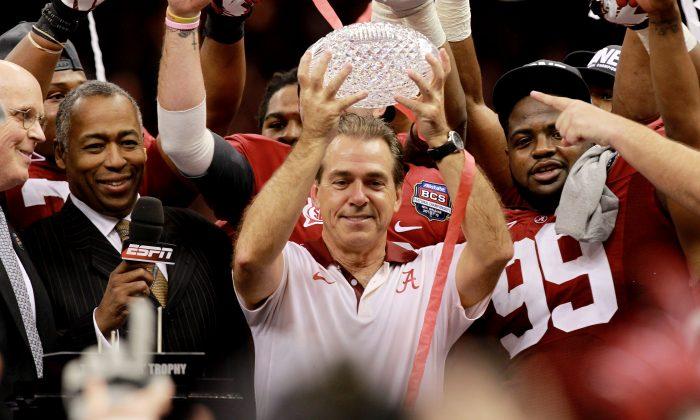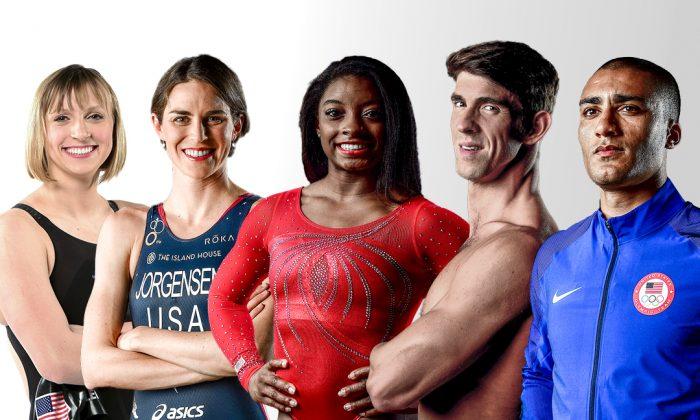A year ago at this time, a 32-year old Serena Williams was stuck at 17 major wins and the prospect of catching—let alone surpassing—Steffi Graf’s record 22 in the open era (starting in 1968) seemed a long shot at best. Williams had advanced to just one of the previous five grand slam finals, winning the 2013 U.S. Open, and it seemed the sun was finally setting on a fabulous career.
Fast forward one year and the 33-year old, who’s just two and a half months shy of her 34th birthday, has swept the last four majors and seems a cinch to catch and pass Graf’s record.
Well, probably.
Saturday’s straight-sets win over Garbiñe Muguruza made the No. 1 ranked Williams the oldest major winner in the open era, on the women’s side, edging out the 33-year, 8-month-old Martina Navratilova, who won Wimbledon in 1990 at the historically advanced age.
Really, there’s little other precedent for this fountain of youth. Williams and Navratilova are the only two women’s major winners who’ve even blown out 32 candles.
And while Navratilova’s 1990 title marked her first major win in nearly three years (many thanks to Graf), Williams’s latest marked her fourth in a row—the second time she’s done that (2002–2003).
Does that mean her reign will soon be over? Perhaps.
But, if there’s one advantage Williams has over the rest of the field, it’s not her speed, which usually is the first to go with age. It’s her strength—which doesn’t look like it’s going away.
Not that anyone is really on her heels either.
Williams owns a 5–1 career record against both second-ranked Petra Kvitova and third-ranked Simona Halep, a 17–2 mark against fourth-ranked Maria Sharapova (including 16 straight wins), and a 10–1 mark against the fifth-ranked Caroline Wozniacki. That’s a 37–5 record against the second through fifth-ranked players in the world. That’s dominance.
Not too mention the fact she’s won 28 straight grand slam matches—seven per tournament.
Now if she can just get to 35.





